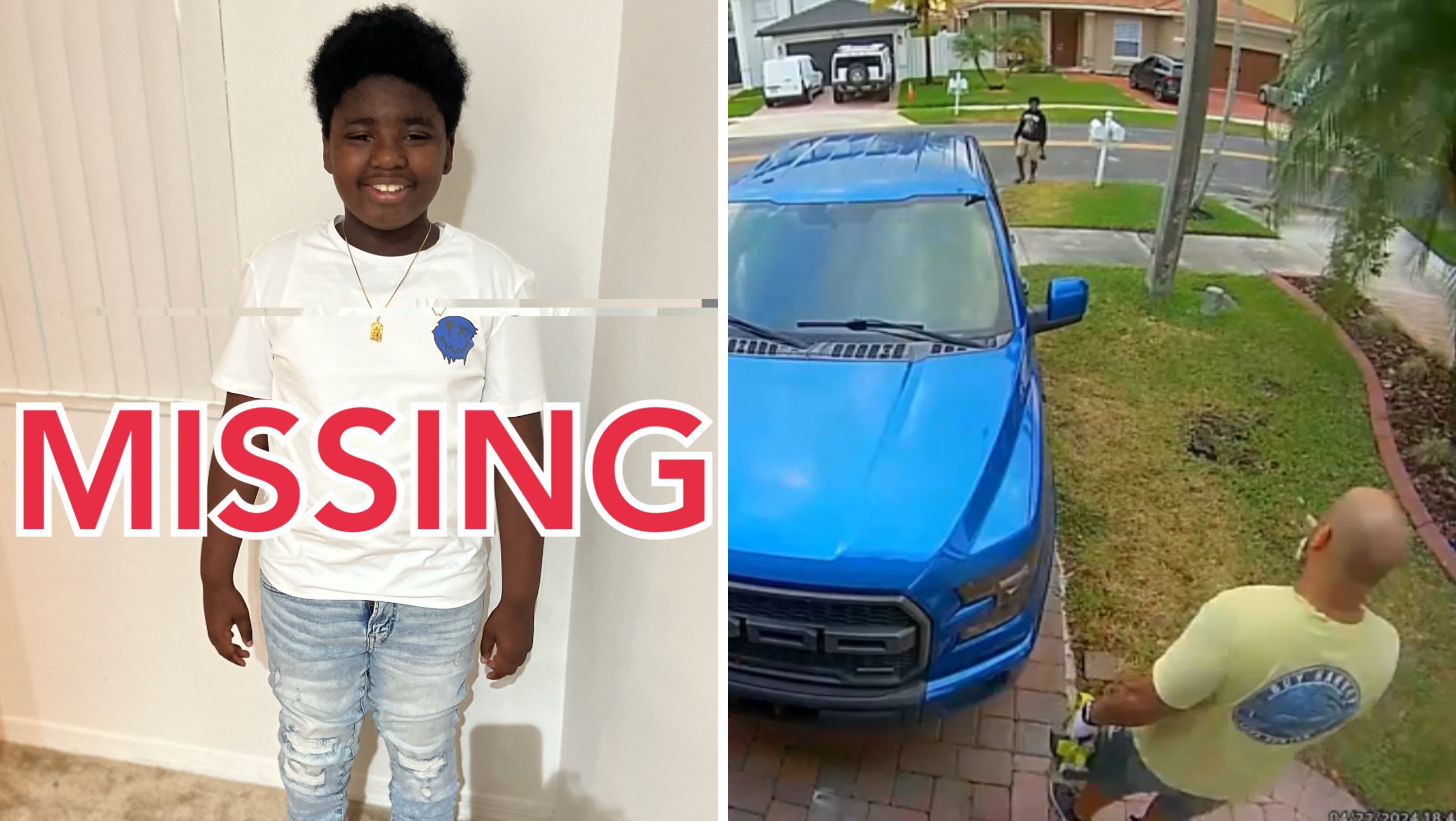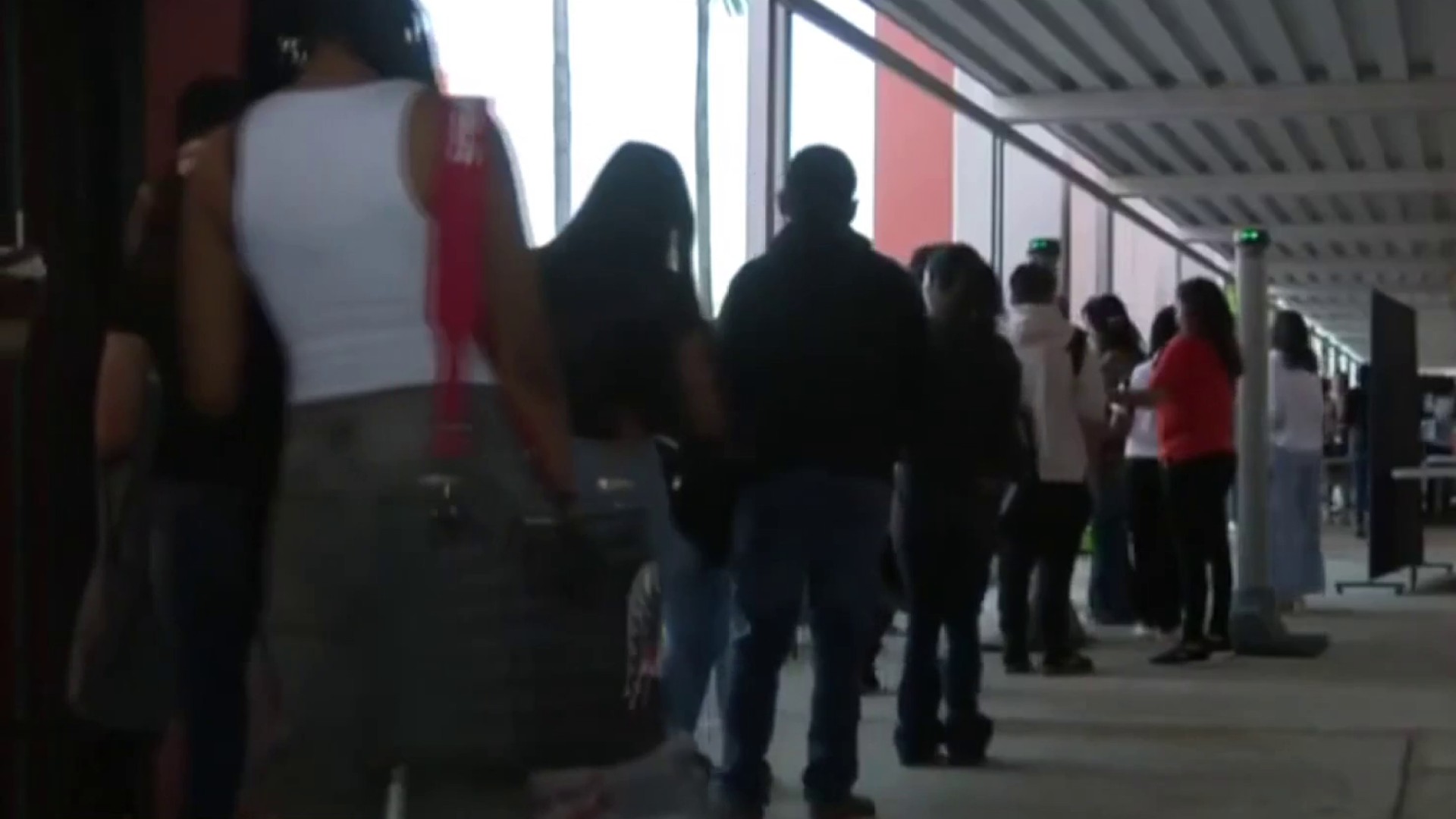We know we we're impatient drivers, enough for second place. And from the news, we know to look both ways twice when not behind the wheel. Now a new study by the non-profit D.C. outfit Transportation for America confirms that the Miami-Fort Lauderdale-Pompano Beach area assists in making Florida the absolute least safe state for walkers and bikers in America.
In fact, Florida metro areas occupy the top -- or bottom -- four places:
Rank | Area | (Pedestrian Danger Index)
1. Orlando-Kissimmee (221.5)
2. Tampa-Clearwater-St. Petersburg (205.5)
3. Miami-Fort Lauderdale-Pompano Beach (181.2)
4. Jacksonville (157.4)
5. Memphis (137.7)
6. Raleigh (128.6)
7. Louisville (114.8)
8. Houston (112.4)
9. Birmingham (110)
10. Atlanta-Marietta (108.3)
That's unacceptable enough, but compounded with the number of visitors, rapid growth that outpaces non-vehicular infrastructure, little effective public transportation, and weather that begs for a walk, South Florida's got a serious problem on its hands.
Last year, the state reported a whopping 490 pedestrian deaths.
"As Florida's growth burst at the seams, there just wasn't planning for sidewalks or anything else pedestrian-friendly," says Florida Safety Council spokesman Glenn Victor. Transportation for America found that though 16.9% of Florida traffic deaths were pedestrians, just 1.5% of Federal transportation funds allocated to the state are spent on pedestrian and bicycle projects.
Unfortunately, it's not exactly shocking news. The Sun-Sentinel reported deadly hit and runs both Wednesday night in Fort Lauderdale and Thursday in Pompano Beach, two fatalities that may indicate this year will be no better than last. Even NFL stars are in on it. Time frames our -- and America's -- problem and possible solutions in the death of Ashley Nicole Valdes, an 11-year-old Miami girl killed in a January hit-and-run, and the work her mother Adonay Risete has done since: stoplights at dangerous intersections and an alert system for hit and run drivers.
Local
Those are valuable improvements, and Victor notes Risete's cause is assisted by the state's Safe Routes to School program and an effort to focus on sidewalk improvement.
But with budget issues causing counties to cut back on bus service, and Miamians' tendency to force pedestrians into the street by parking cars on sidewalks, might change only be effected when drivers make a concerted effort to conduct themselves in a more pedestrian-friendly fashion?
The statistics are certainly alarming enough to prompt it.



